The Vidattaltivu Nature Reserve was gazetted in 2016. But within just one year of its declaration as a protected area, there are plans to degazette a 1000 ha area from its very centre for a fishery project that includes prawn farming; a fishery that has a history of failures in Sri Lanka and across Asia, while also resulting in the widespread destruction of mangroves.
The National Aquaculture Development Authority (NAQDA) has developed a proposal for a 1000 ha Aquaculture Industrial Park that will allow private parties to carry out various aquaculture projects, farming species such as marine fin fish, crabs and exotic species of shrimp. The project has identified three sites. One is completely within the Vidattaltivu Nature Reserve, and the other two sites have been marked as being on the eastern boundary of the park and it is unclear as to how much of these sites could be within the Nature Reserve.
The 1493 ha Vidattaltivu Nature Reserve was declared by an Order made by the Minister of Wildlife and Sustainable Development, published in Gazette Extraordinary No.1956/13 of 01. 03. 2016. The area was identified as requiring protection through a Strategic Environmental Assessment (SEA) for the Northern Province done in 2012. The Nature Reserve covers a large extent of ocean, protecting sea grass habitats that are crucial for dugongs, as well as some terrestrial areas which protect Sri Lanka’s largest mangrove ecosystem. Mangroves and reefs are a first line of coastal defense against storm surges and waves, and from potential tsunamis, while safeguarding against coastal erosion. They also sustain juvenile populations of fish, prawns, crabs and other marine and brackish organisms, so the clearing of mangroves would lead to the collapse of these populations which would affect artisanal fisheries which is a common livelihood in the area.
The proposed aquaculture farms will also cultivate an exotic species known as the King Prawn(Litopenaeus vannamei), which originates from the Eastern Pacific Ocean. As the effects of the species in the Indian Ocean have not been assessed, there is a high likelihood of this species escaping ponds during its microscopic juvenile stage and outcompeting native prawn and shrimp. The King Prawn is also known to carry a variety of diseases, including black gill disease, white fecal disease, tail rot, and white spot disease, which were responsible for the collapse of cultured, pond-farmed prawn fisheries. Sri Lanka also has a long history of collapsed and abandoned prawn farms due to diseases that set in within just a few years.
There is a real danger that these diseases from the ponds will be transmitted to the wild shellfish populations, contributing to the collapse of the indigenous populations and consequent loss of the artisanal fishery.
The proposed project could have severe consequences for the surrounding protected area. According to Dr. Sevvandi Jayakody, Senior Lecturer at Wayamba University, it is very likely that pesticides, antibiotics, chlorine and other water quality regulating chemicals, as well as fecal matter from farmed species could be discharged into the ocean. Thus, integral marine ecosystems – mangrove, coral reefs and sea grass beds- that are extremely sensitive to nitrites, nitrates and phosphates will be adversely affected by the change in water composition. She also mentioned that plans of building a 20 hectare sediment tank inland would be disastrous for the thousands of birds, many of which are migratory species, who would alter their feeding and breeding patterns when their habitat was altered so radically. As a signatory to the Convention of Migratory Species, Sri Lanka has an international obligation to not disrupt international migrations.
Dr. Jayakody also stated that “Whilst recognizing that aquaculture is an important industry to improve protein intake and foreign revenue of the country, I do not hesitate to say that both factors cannot compromise the services of the ecosystems in developing aquaculture ventures in this country.”
It is clear that prawn farms have become an environmental and socio-economically destructive, unsustainable venture. If implemented, this project will cause the destruction of Sri Lanka’s most extensive and pristine mangrove, coral reef and sea grass bed ecosystems, result in danger from the exotic prawns and other organisms escaping into the wild and spreading diseases, with consequent loss of the indigenous species that are part of the existing artisanal fishery, affecting local fishermen and businessmen, create a conflict as millions of shore and wading birds flock to the area to feed off farmed organisms. Lastly, it well set a dangerous precedent, where important protected areas can be de-gazetted for the economic gain of a few individuals



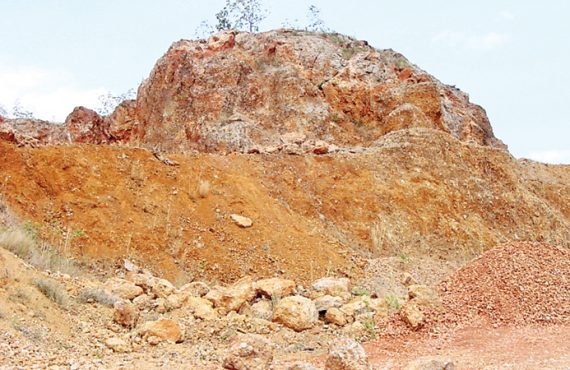
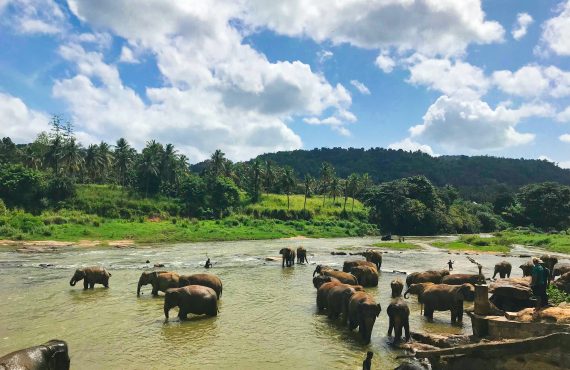






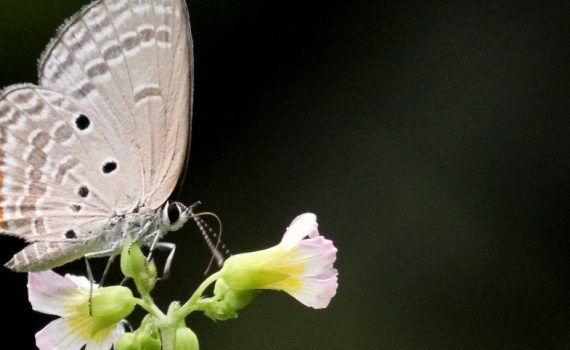
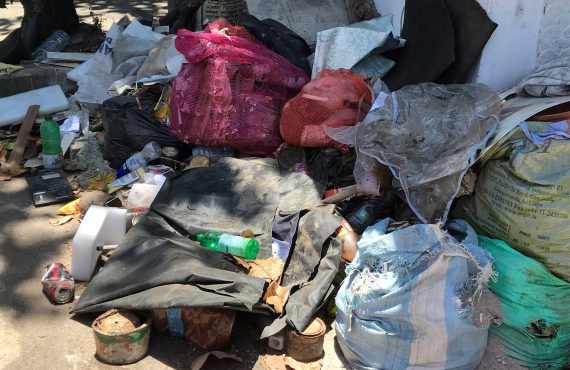

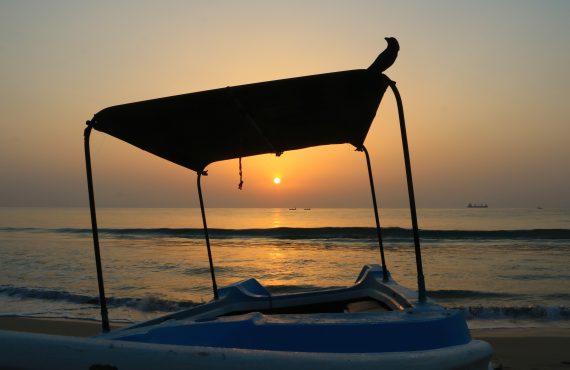







No comments yet.